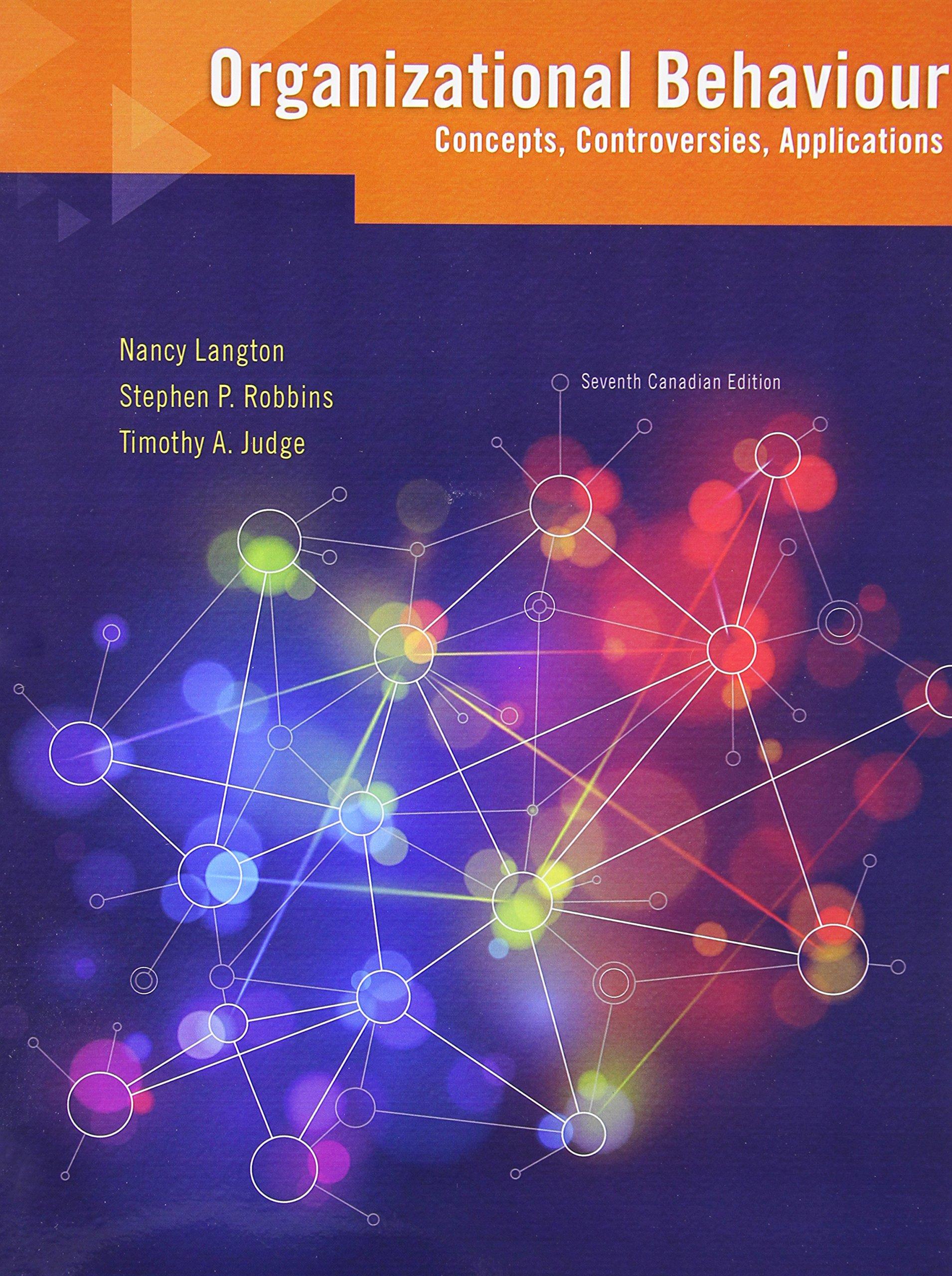The cultures of Google and Procter & Gamble (P&G) could not be more different. 96 P&G is
Question:
The cultures of Google and Procter & Gamble (P&G) could not be more different. 96 P&G is notoriously controlled, disciplined, scalable, and rigid—so much so that employees call themselves “Proctoids.” Google is just as famous for its laid-back, unstandardized, free-flowing culture.
So what would cause these two large, successful examples of strong—yet dissimilar—corporate culture to decide to socialize one another’s employees? One reason clearly is marketing: P&G sees more of its future marketing efforts occurring online, and Google, of course, is an ideal fit for that strategy. Google, for its part, sees P&G as the ultimate “heavy hitter” buyer for its ad space (P&G is the biggest advertiser in the world).
However, it also seems clear that this exchange is about more than marketing. After all, P&G and Google do business with plenty of organizations with which they don’t swap employees. Both companies believe that by exposing key managers to a culture that emphasizes innovation, but in a wholly different way, they can push their own innovation even further.
Sometimes we learn the most from the ways in which we are different, and that is certainly the case here.
In one of the early employee swaps, Denise Chudy, a Google sales-team leader, stunned P&G managers with recent data indicating online search for the word coupons was up 50 percent in the past year. P&G staffers see themselves as members of one of the world’s most innovative and data-driven organizations, famous for tracking consumer preferences, product use, and buying behaviour. They are not easily stunned. To enter Google’s own universe was a humbling, and challenging, learning experience.
Google’s swapped employees are learning something, too. When poring over decades of marketing materials on P&G’s Tide detergent and the firm’s allegiance to bright orange packaging, Google employee Jen Bradburn wrote, “It’s a help to know not to mess with the orange too much.”
Differences, of course, are still apparent. When one P&G manager showed Google employees a 1954 ad for Tide, he proudly noted, “That’s when you reached 70 percent to 80 percent of your audience with television.”
The Google team laughed in astonishment.
Questions
1. Do you think the employee swap between Google and P&G is a good idea for both companies? Why or why not? Why do so few companies do this?
2. One of the reasons P&G and Google agreed to the swap was to transmit the best aspects of the other company’s culture to their own. Drawing from this chapter, describe how culture might be transmitted in such swaps.
3. Which culture—Google’s or P&G’s—do you think would fit you best? Why?
4. Would you enjoy an employee swap with a company with a very different culture? Why or why not?
Step by Step Answer:

Organizational Behaviour Concepts Controversies Applications
ISBN: 9780134048901
7th Canadian Edition
Authors: Nancy Langton, Stephen P. Robbins, Timothy A. Judge





